What to see in Santander, Spain
In this post we share the popular attractions and activities visiting Santander, Spain. Follow this easy guide that showcases the local food scene, popular beaches and hikes, tourist attractions and top places to visit around the city below.
I was pleasantly surprised when visiting the Cantabrian region, that Santander would really hit me with wonderful memories of visiting this lovely city. A perfect combination of coastal promenades, crescent shaped beaches and seaside views, a historic old town and cultural treasures to explore and fantastic public markets, delicious regional cuisine and walking promenades to enjoy.
I totally loved my experience visiting Santander and have enjoyed all these 12 things to do and see around the capital region of Cantabria. I’m sharing my experience in this easy guide and show how easy it is to explore this city, check out the natural beauty combined with urban and historic sites to explore.
What to see in Santander – 14 things to do and see around the city
I love to walk around the city and find the many walking promenades so easy to visit the many attractions and fun places to explore around the city without using public transportation.
Where is Santander Located?
Santander is located in northern Spain, on the Bay of Biscay, along the country’s rugged Atlantic coastline. It’s the capital of the autonomous region of Cantabria and sits between the sea and the green hills of northern Spain, offering a mix of beaches, cliffs, and natural parks. It’s well connected by road, rail, and ferry, and serves as a quieter coastal alternative to larger northern cities like Bilbao. Its location makes it a gateway to both the Cantabrian coast and inland mountain landscapes.
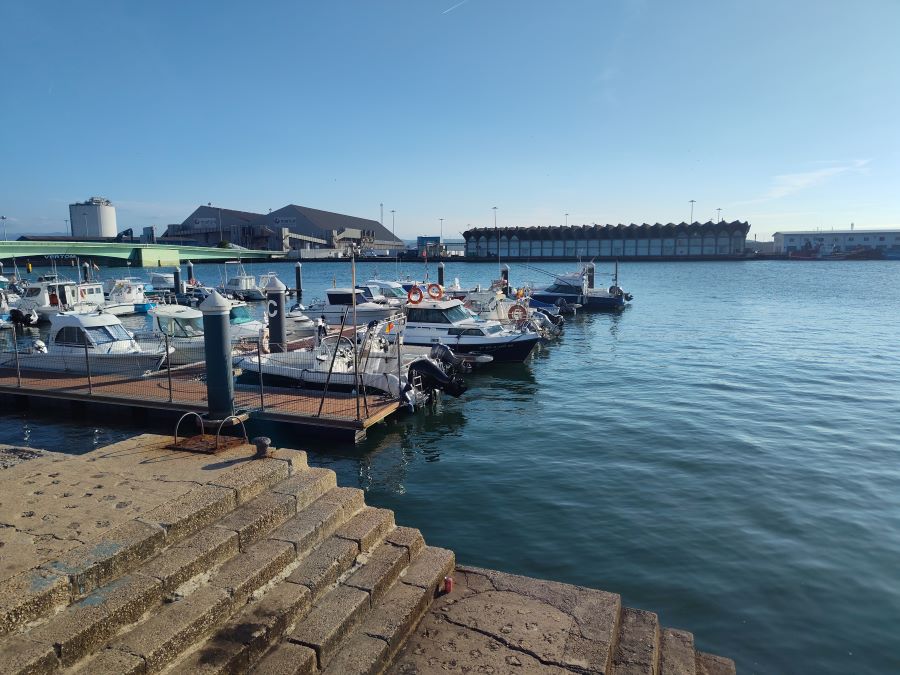
Why visit Santander?
Santander is a relaxed coastal city in northern Spain that offers a mix of urban charm, scenic coastline, and green spaces without the heavy crowds. It’s known for its long beaches like El Sardinero, elegant architecture, and the Magdalena Peninsula with its palace and walking trails. The city has a laid-back vibe, good seafood, and cultural spots like the Centro Botín. Whether you’re into beach strolls, watching the surf roll in, or exploring lesser-known corners of Spain, Santander is an easygoing place that still feels connected to local life.
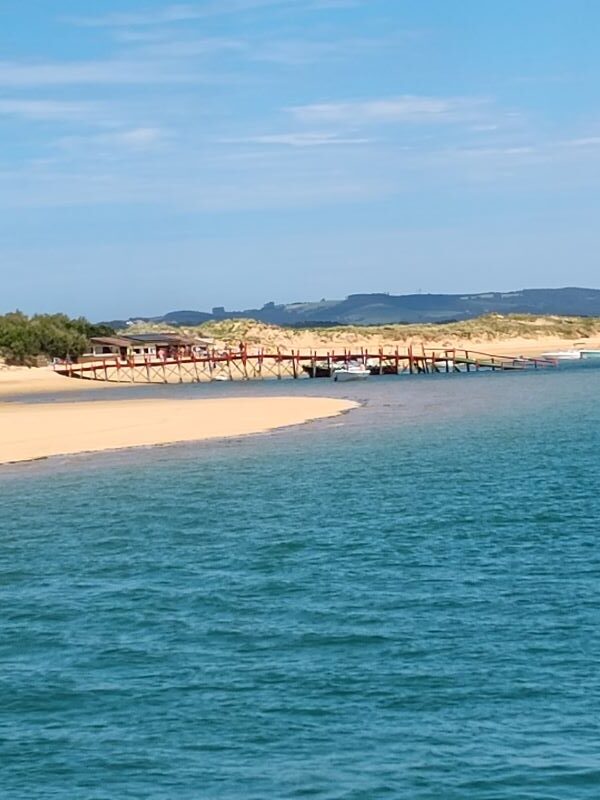
What is the weather like and best time to visit Santander
Here’s an outline of the weather and best times to visit Santander, Spain:
1. Overall Climate
- Oceanic climate with mild temperatures year-round
- Cooler and wetter than southern Spain, especially in winter
- Known for its greenery, thanks to regular rainfall
2. Spring (March to May)
- Mild temperatures: average highs around 14–18°C (57–64°F)
- Occasional rain, but increasing sunshine
- Fewer tourists, pleasant for walks and outdoor activities
3. Summer (June to August)
- Warm, not hot: highs average 22–25°C (72–77°F)
- Best beach weather, low humidity, long daylight hours
- Peak tourist season, especially in August
- Still cooler and more comfortable than inland Spain
4. Fall (September to November)
- September is still warm and a great time to visit
- Gradual cooling: by November, temperatures drop to around 14°C (57°F)
- Rain becomes more frequent toward late fall
- Quieter and more relaxed atmosphere
5. Winter (December to February)
- Mild but wet: highs around 12–14°C (54–57°F), frequent rain
- Not ideal for beach activities, but fewer crowds
- Good for a quiet city break and exploring museums, food, and culture
6. Best Time to Visit
- Late spring (May–June): mild weather, fewer crowds, lush scenery
- Early fall (September): warm sea, pleasant temperatures, relaxed vibe
- Summer (July–August): best for beachgoers, festivals, and outdoor fun
14 things to do and see in Santander, Spain
With a multitude of wonderful attractions and fun things to do, I’m sharing my top pics of places to visit, explore and experience around Santander on this guide for you to choose what you might want to also do here.
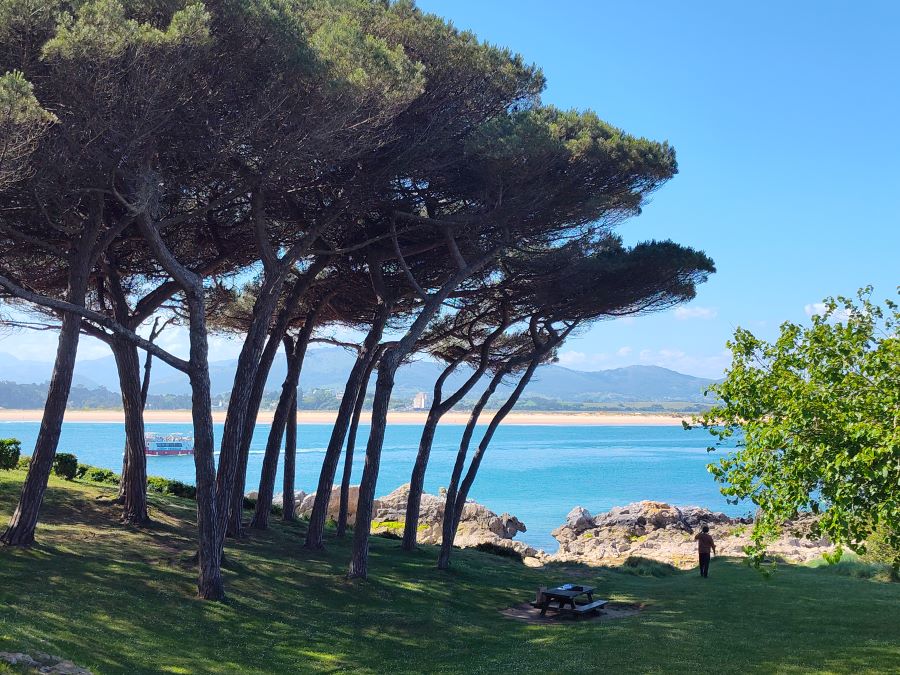
1. Magdalena Peninsula
The Magdalena Peninsula is one of Santander’s most scenic spots, offering a mix of coastal nature, historical interest, and open green space. It’s home to the Magdalena Palace, a former royal summer residence set on a bluff with views of the bay and the sea. Visitors can walk or cycle the well-kept paths that loop through wooded areas, past small beaches like Playa de la Magdalena, and along rocky coastal edges. There’s also a small marine zoo with sea lions and penguins, especially popular with families. The grounds are free to enter and perfect for a relaxed stroll, picnic, or just watching sailboats pass by the bay. It’s a favorite local escape and a good place to catch sunset without leaving the city.
- Explore walking trails, small beaches, and forested areas
- Visit the Magdalena Palace and enjoy coastal views
Here’s a fun video tour of the main attractions around the Magdalena Peninsula in Santander below
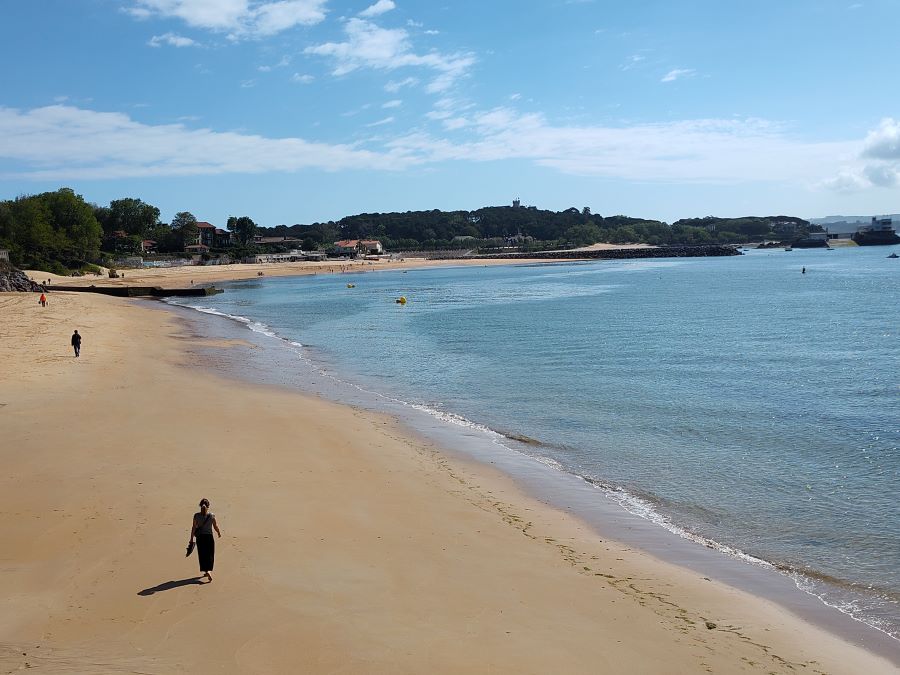
2. El Sardinero Beach
El Sardinero Beach is Santander’s most iconic seaside stretch, known for its golden sand, gentle waves, and early 20th-century charm. It’s divided into two main sections—Primera and Segunda Playa—separated by the Piquío Gardens, offering a combined 1.3 km of shoreline backed by a wide promenade. The area is lined with historic architecture, including the elegant Gran Casino and Belle Époque-era hotels, giving it a refined yet relaxed vibe. The beach is popular for swimming, sunbathing, and surfing, especially in the cooler months, and is well-equipped with amenities like showers, lifeguards, and accessible paths. It’s also surrounded by parks, seafood restaurants, and scenic viewpoints, making it a favorite for both locals and visitors looking to enjoy the coast without leaving the city.
- Relax or take a stroll along the city’s most iconic beach
- Popular in summer, with nearby cafes and a scenic promenade
One of the prettiest beaches, here’s a quick video tour of El Sardinero Beach below
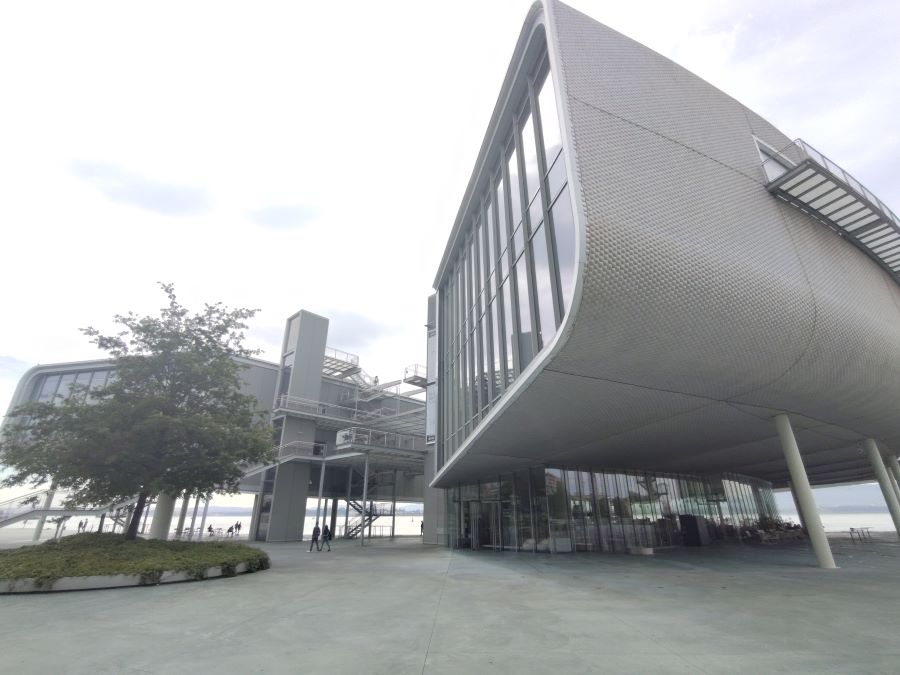
3. Centro Botín
Centro Botín is a modern arts and cultural center situated on Santander’s waterfront, designed by renowned architect Renzo Piano. The building features two elevated, rounded volumes clad in 270,000 ceramic tiles that reflect the changing light of the bay. Inside, it houses 2,500 square meters of exhibition space, a 300-seat auditorium, classrooms, and a rooftop terrace offering panoramic views of the city and sea. The center hosts contemporary art exhibitions, performances, and educational programs, aiming to foster creativity and community engagement. Surrounded by the expanded Pereda Gardens, Centro Botín seamlessly integrates with its natural and urban surroundings, providing a unique space for both locals and visitors to experience art and culture.
- Modern art and cultural center on the waterfront
- Designed by Renzo Piano, with exhibitions and a rooftop view
Check out this exceptional museum with this video tour visit below of Centro Botin
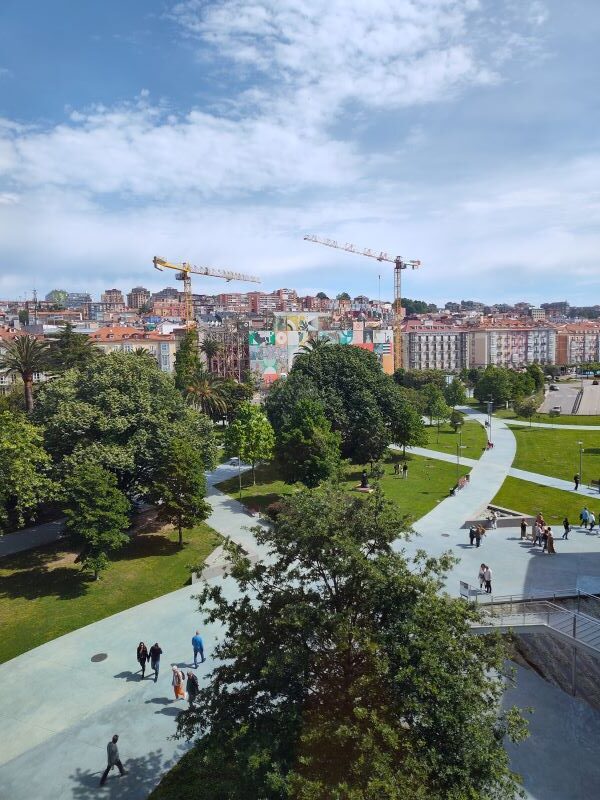
4. Paseo de Pereda & Jardines de Pereda
Paseo de Pereda and the adjacent Jardines de Pereda form a central and scenic part of Santander’s waterfront. The Paseo is an 800-meter promenade lined with 19th-century buildings featuring ashlar walls, balconies, and sea-facing viewpoints. These structures, which survived the 1941 fire, now house bars and restaurants with terraces, offering views of the bay .
The Jardines de Pereda, inaugurated in 1905 on land reclaimed from the sea, are named after the Cantabrian novelist José María de Pereda. The gardens feature a variety of trees, including magnolias, cedars, and palm trees, and are home to a monument dedicated to the writer . In 2014, the gardens underwent a renovation that doubled their size to 48,000 square meters, enhancing green spaces and integrating the area with the Centro Botín, a modern art center designed by Renzo
Together, the Paseo and Jardines de Pereda offer a blend of historical architecture, cultural landmarks, and green spaces, making them a popular spot for both locals and visitors to relax and enjoy the city’s coastal charm.
- Scenic waterfront walk lined with historic buildings and shaded gardens
- Great for people-watching and relaxing
Here’s a quick video tour of the gardens and walking areas around Paeo de Pereda below
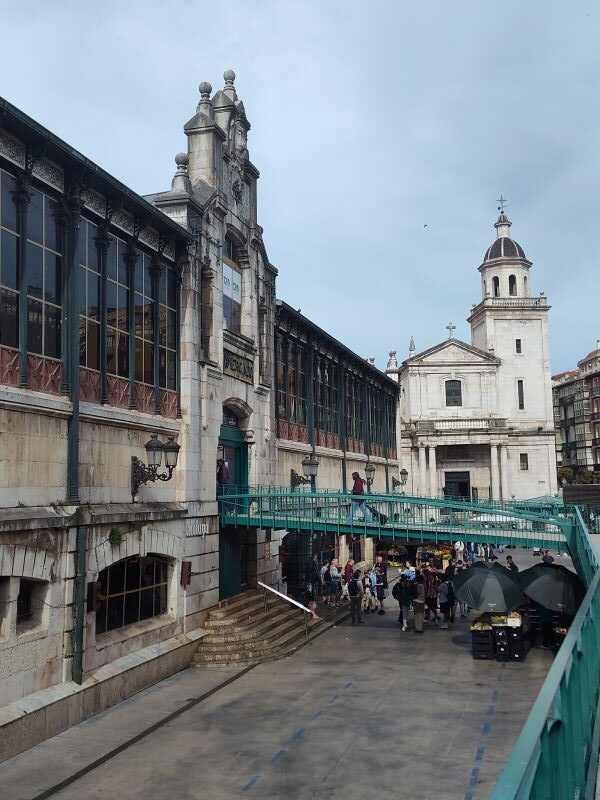
5. Mercado de la Esperanza
Mercado de la Esperanza is a colorful and lively market in Santander, Spain, housed in a historic 19th-century cast-iron structure. Opened in 1904 and designed by architects Eduardo Reynals and Juan Moya, the market is renowned for its architectural significance and lively atmosphere. The ground floor is dedicated to fresh seafood, offering a selection of fish and shellfish, while the upper level features stalls with meats, cheeses, fruits, vegetables, and local specialties like sobaos pasiegos and orujo de Liébana. The market is a central hub for locals and visitors seeking quality produce and a taste of Cantabrian culinary traditions.
- Local market with fresh seafood, meats, produce, and regional products
- A glimpse into local food culture
Here’s a quick video tour of this historic marketplace where the specialty is seafood and shellfish below
6. Palacio de Festivales de Cantabria
The Palacio de Festivales de Cantabria is a striking cultural venue located on Santander’s waterfront, designed by architect Francisco Javier Sáenz de Oiza and inaugurated in 1991. Its distinctive design features four 50-meter towers inspired by ship masts, clad in marble and weathered copper, giving the building its unique greenish hue. Inside, the palace houses three main halls: the Sala Argenta, accommodating 1,642 attendees; the Sala Pereda, with 566 seats; and the Sala María Blanchard, seating approximately 150 people. These spaces host a diverse array of performances, including theater, music, dance, and film, throughout the year. Notably, the venue serves as the primary location for the International Festival of Santander, a prestigious event that attracts renowned artists from around the globe. With its blend of architectural innovation and cultural significance, the Palacio de Festivales stands as a central hub for the arts in the region.
- Striking modern venue for concerts, theater, and cultural events
- Worth visiting even just for the architecture
Check out the cultural space and Palacio de Festivales de Cantabria below
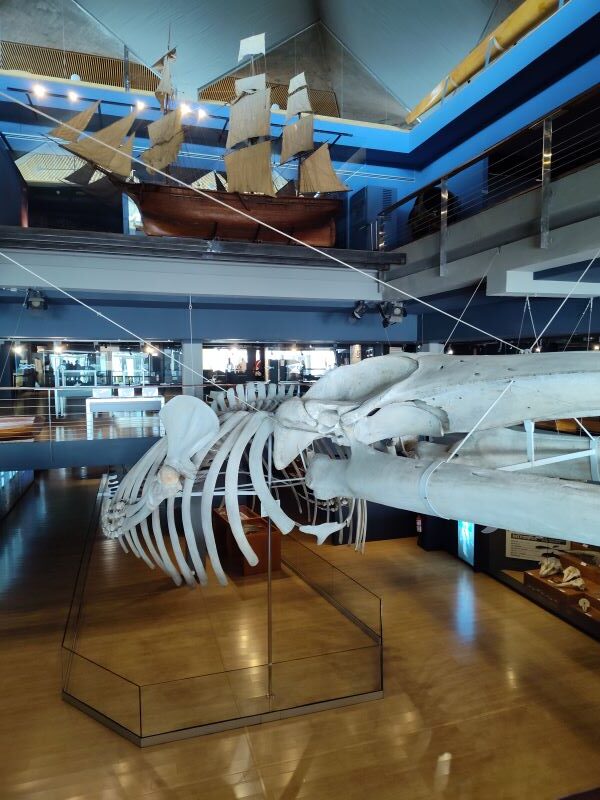
7. Maritime Museum of Cantabria (Museo Marítimo)
The Museo Marítimo del Cantábrico (Cantabrian Maritime Museum) in Santander offers an immersive journey into the region’s rich maritime heritage. Situated between the San Martín promontory and Playa de los Peligros, the museum’s modern architecture reflects its deep connection to the sea. Spanning over 3,000 m², its exhibits are divided into four main sections: ‘Life at Sea’ (Marine Biology), ‘Fishermen and Fisheries’ (Fishing Ethnography), ‘The Bay of Biscay and the Sea in History’ (Maritime History), and ‘Technological Avant-Garde Facing the Sea’ (Maritime Technology) .
A standout feature is the large aquarium, visible from a tiered seating area, showcasing significant marine species. Additional smaller aquariums allow for close-up views of vibrant fish. The museum also houses a remarkable 60-tonne whale skeleton, offering a glimpse into the region’s marine life.
Visitor Information:
- Hours:
- May 1 to September 30: Tuesday to Sunday, 10:00–19:30 (last entry at 18:30)
- October 1 to April 30: Tuesday to Sunday, 10:00–18:00 (last entry at 17:00)
- Closed on Mondays and select holidays
- Admission:
- General: €8
- Reduced: €5 (children 5–12, seniors, students, persons with disabilities, and others)
- Free for children under 5
- Accessibility:
- The museum is equipped with ramps, elevators, and parking for visitors with reduced mobility
- Reservations:
- Recommended, especially for free entry on Tuesdays after 14:00, which requires prior booking
- Exhibits on the region’s marine history, sea life, and shipbuilding
- Includes an aquarium section
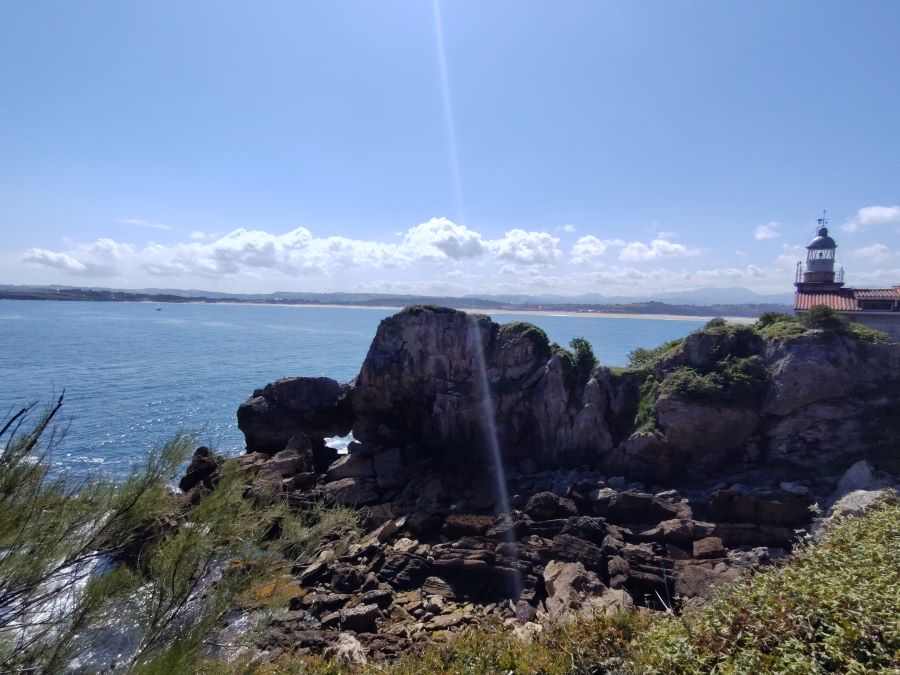
8. Cabo Mayor Lighthouse and Coastal Walks
Cabo Mayor Lighthouse, perched on the northernmost point of Santander, offers panoramic views of the rugged coastline and the Bay of Biscay. Built in 1839, it stands as one of the oldest and most significant lighthouses in Spain. Visitors can explore the surrounding coastal trails, which meander through cliffs, small beaches, and parks, providing ample opportunities for nature walks and photography. The nearby Centro de Arte Faro de Cabo Mayor, housed within the lighthouse, showcases maritime art and history, adding a cultural dimension to the visit .
- Head north for dramatic cliffs and coastal trails
- The lighthouse offers sweeping views of the Bay of Biscay
Here’s a gorgeous video tour of the coastal area and the Cabo Mayor Lighthouse below
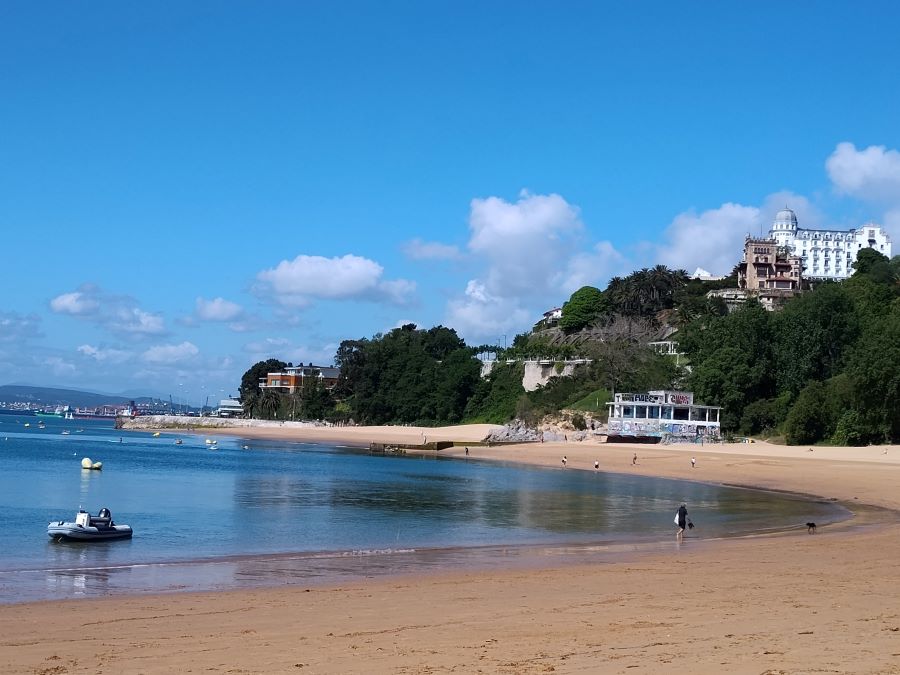
9. Playa de los Peligros & Playa de la Magdalena
Playa de los Peligros is a tranquil urban beach located near the heart of Santander, making it an ideal spot for those seeking a peaceful seaside experience without leaving the city. Despite its name, which translates to “Beach of Dangers,” the beach is known for its calm waters, fine golden sand, and gentle slope, making it particularly suitable for families and swimmers of all ages. The beach is equipped with various amenities, including sun loungers and parasols for rent, a children’s play area, and facilities for water sports such as kayaking and windsurfing. Accessible via bike paths and public transport, Playa de los Peligros offers a convenient and enjoyable beach experience within the city. (
Playa de la Magdalena, situated to the south of the La Magdalena Peninsula, is one of Santander’s most popular beaches. Stretching 900 meters in length with fine golden sand, it offers a spacious area for sunbathing and swimming. The beach is sheltered within the Bay of Santander, ensuring calm waters ideal for families and recreational activities. Facilities include sun loungers and parasols for rent, a beachside restaurant offering views of the bay, and rental services for water sports equipment such as kayaks and paddleboards. With its scenic surroundings and ample amenities, Playa de la Magdalena provides a quintessential beach experience in Santander.
- Smaller, calmer beaches near the city center
- Good for families or a quick swim
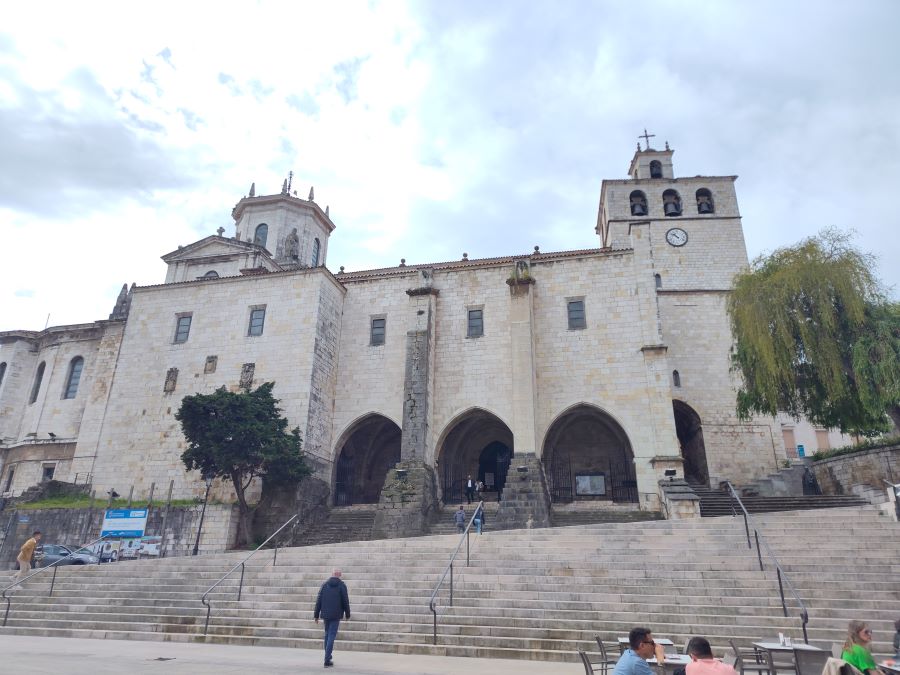
10. Cathedral of Santander
The Cathedral of Santander, officially named the Cathedral of Our Lady of the Assumption, stands as a significant historical and architectural landmark in the city. Situated on the hill of Somorrostro, the site has been a place of worship since the 8th century, originally serving as an abbey dedicated to Saints Emeterius and Celedonius. The current structure, primarily Gothic in style, was constructed between the late 12th and early 14th centuries.
To note, the cathedral comprises two superimposed churches: the lower church, known as the “crypt or Christ’s parish,” built around 1200, and the upper church, the present cathedral, completed in the mid-13th century. The cathedral has undergone several reconstructions, especially after significant damages from the 1893 Cabo Machichaco explosion and the 1941 fire, with restoration efforts carried out between 1942 and 1953. Inside, visitors can find the mausoleum of the renowned Spanish scholar Marcelino Menéndez Pelayo, designed by sculptor Victorio Macho. The cathedral also houses a bell tower that offers panoramic views of the city and bay, along with a museum detailing the city’s history.
- A quiet Gothic-style cathedral with historical significance
- Overlooks the city and has a peaceful interior
Here’s a quick visit to the Cathedral of Santandar in this video tour below
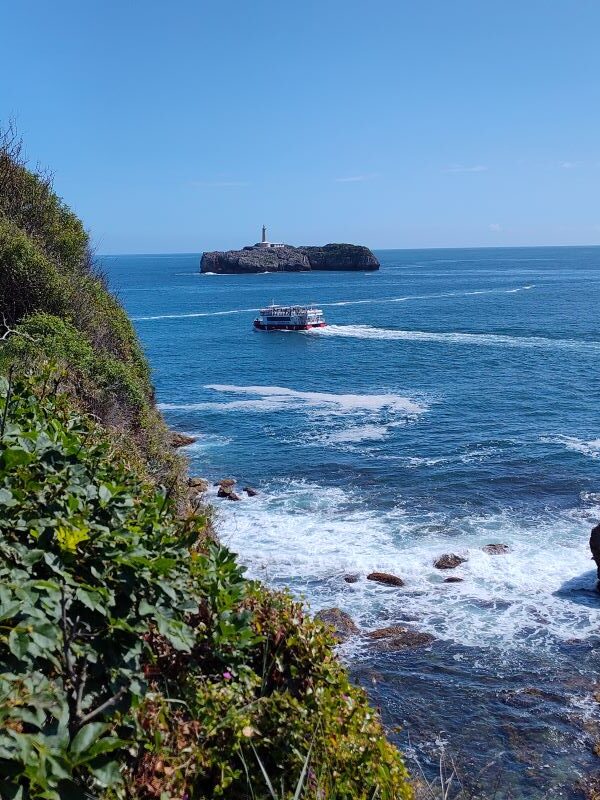
11. Parque de Mataleñas
- Green park with walking trails and views over rugged cliffs
- Near the Mataleñas golf course and beach
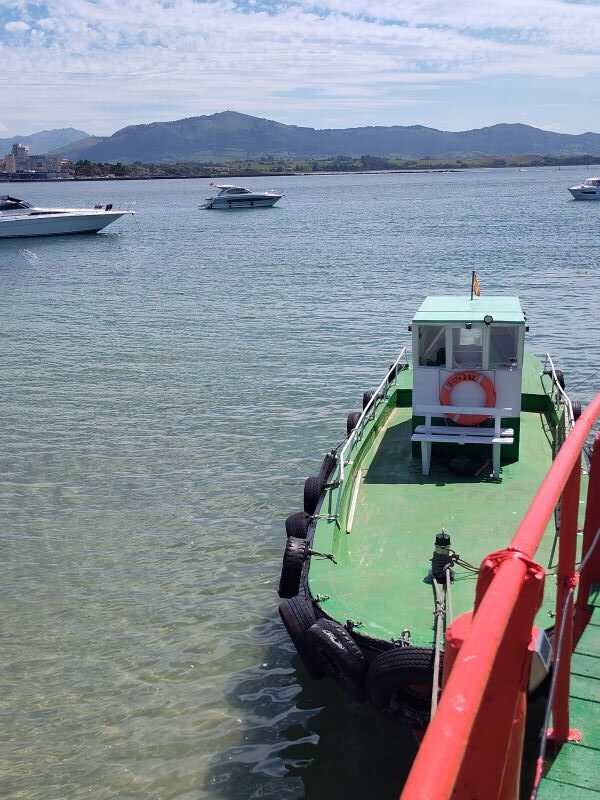
12. Ferry Ride Across the Bay
- Take a short ferry from the city center to nearby towns like Somo or Pedreña
- Great for seeing the coastline from the water
Would you like these sorted by theme (nature, food, history, etc.) or by location?
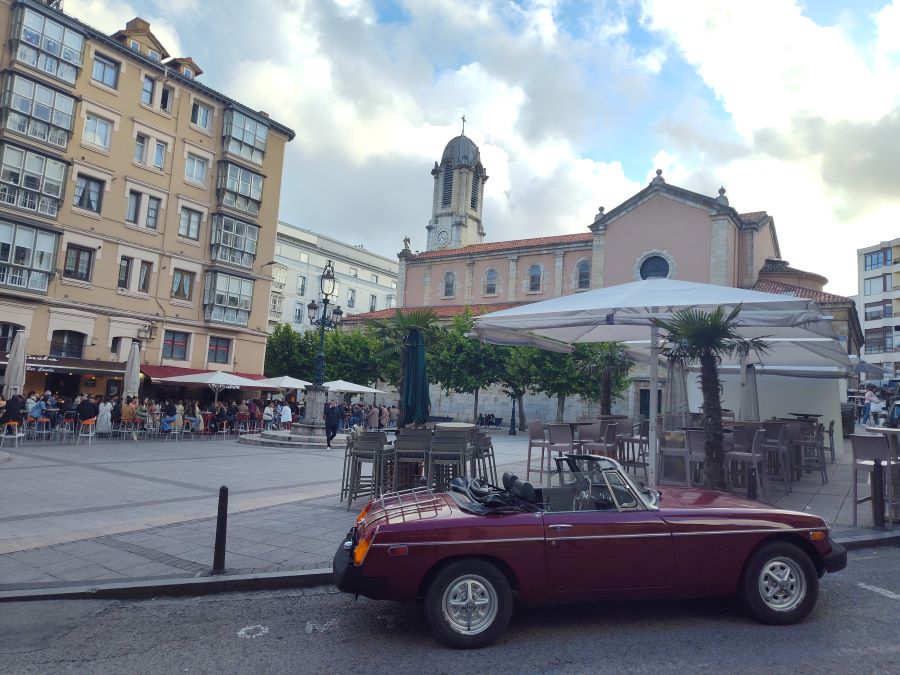
13. Night fun at Canadio Square
This lively square is a favorite evening hangout for both locals and visitors, surrounded by tapa bars, cafés, coffee shops, and restaurants. It starts buzzing during the local version of happy hour, when people meet up for drinks and small bites known as pintxos. Dinner service around the square usually kicks off around 9 p.m. and goes until midnight, after which many head to nearby bars for a nightcap. The social scene often stretches well into the early morning hours.
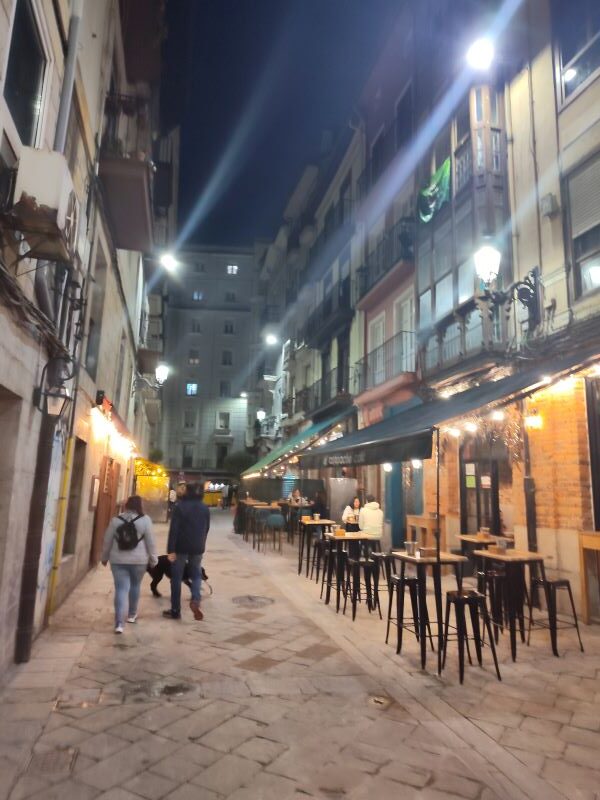
14. Stroll the walking promenades of Santander
There’s so many fun walking promenades around Santander you can enjoy a stroll daytime into late at night. Here’s some of my favorite walks to do around the city.
1. Paseo de Pereda
- A tree-lined promenade along the waterfront in the city center
- Overlooks the harbor and Marina, with views of boats and bay activity
- Flanked by historic buildings and elegant facades
- Great for a casual walk, people-watching, or stopping at nearby cafes
2. Jardines de Pereda
- Landscaped gardens just inland from the Paseo
- Sculptures, shaded benches, and green space for relaxing
- Family-friendly and close to the Centro Botín, an arts and culture hub
3. Paseo Marítimo de Santander
- Stretches from the city center toward the beaches
- Scenic views of the Bay of Santander and Mount Buciero in the distance
- Popular with joggers, cyclists, and casual walkers
4. Avenida Reina Victoria
- Elevated walk with panoramic views of the coastline
- Passes by noble villas and historic buildings
- Leads toward the beaches of El Sardinero
5. El Sardinero Promenade
- Broad beachfront walkway along one of the city’s most famous beaches
- Cafés, terraces, and places to stop for a drink with ocean views
- Active and social, especially in summer
6. Magdalena Peninsula Pathways
- A natural area with forested trails, coastal paths, and small coves
- Walk around the peninsula past the Magdalena Palace
- Offers a mix of sea views and green spaces, with spots to rest or picnic
Further Reading – visiting Santander and area
Experience the highlights of Santander
Conclusion on visiting Santander
With its combination of natural beauty, cultural richness, and culinary delights, Santander offers a memorable and enchanting travel experience.
Thanks for checking out Visit Spain and Mediterranean and this post. We hope you check out all the other posts to explore all around the country for inspiration.
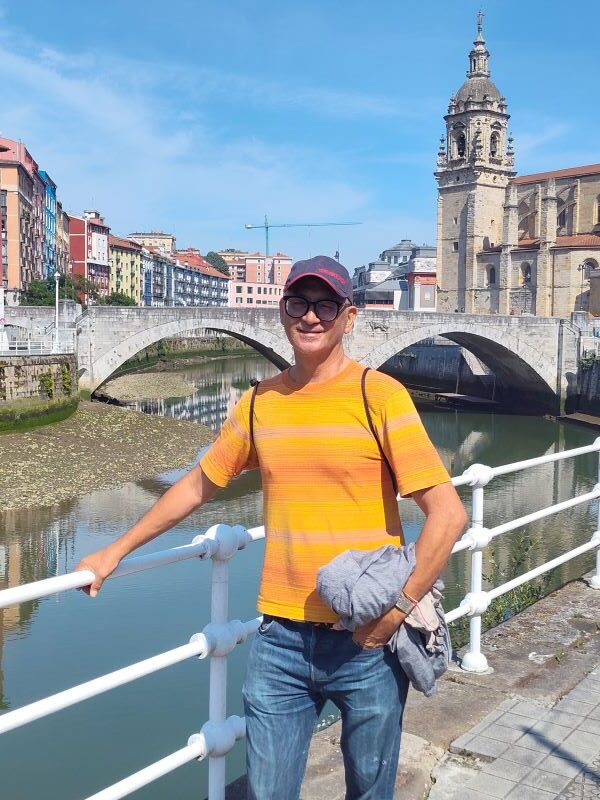
About author – Noel Morata
After relocating from the United States to Andalusia in 2020, I’ve made it my mission to discover every corner of Spain. Based just east of Granada, I’ve spent over 12 months exploring Catalonia province and the rest of Spain, including multiple extended visits to Barcelona throughout different seasons. My background in Spanish cultural studies and years of residence and exploring all of Spain have given me unique insight into the region’s historical significance, local customs, and culinary traditions.
I regularly update my guides with the latest information gathered through personal visits and relationships with local tourism officials, always seeking what’s new and exciting in each destination. As a self-proclaimed foodie, I’m passionate about discovering authentic local markets and regional specialties.
I hope this short guide on top places to visit in Santander makes your list of attractions and places to visit, please bookmark this post for future reference.
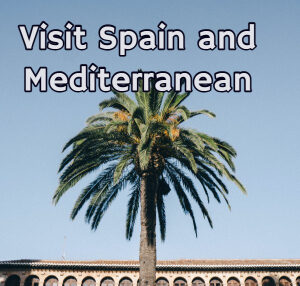
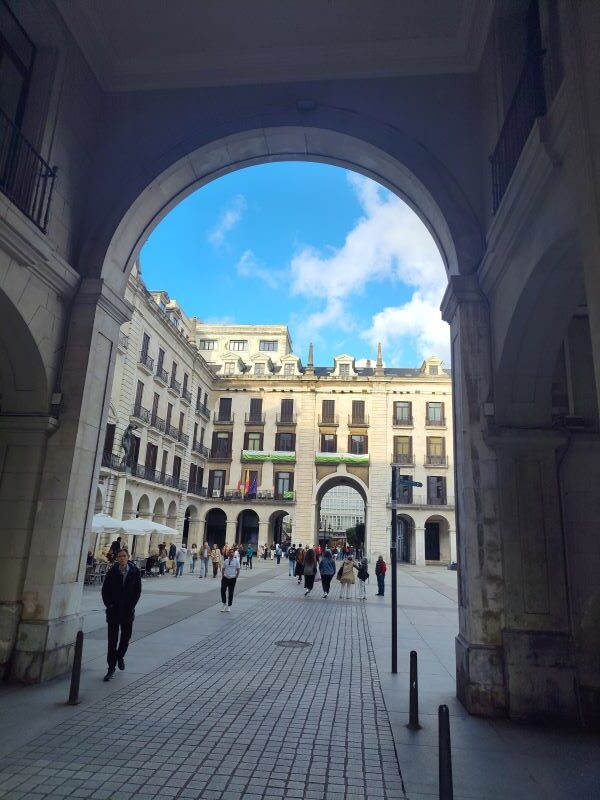
Thanks Noel – I arrive in Madrid on June 26th and I will be in Salamanca teaching
English with Pueblo Ingles from July 11th to 18th. I do plan on visiting friends in Seville and Malaga again, but I am always looking for new and different places in Spain to visit on my annual visits.
Glad you are enjoying living in Spain,
Hugs, Venetia
Sounds like you will have a fantastic time exploring the country, good for you, hope we meet up